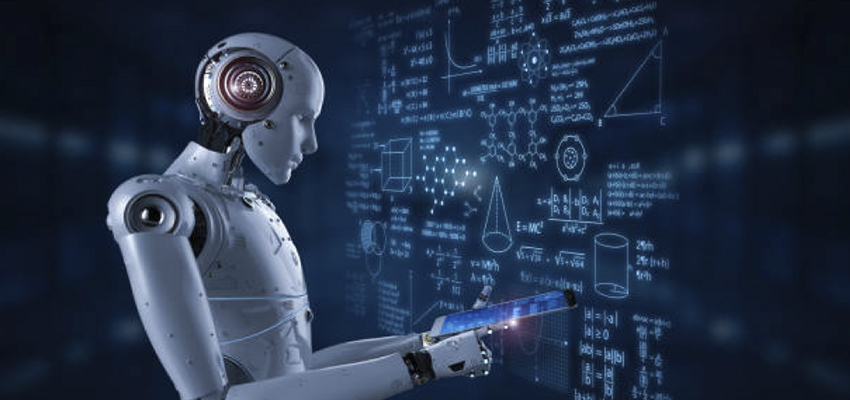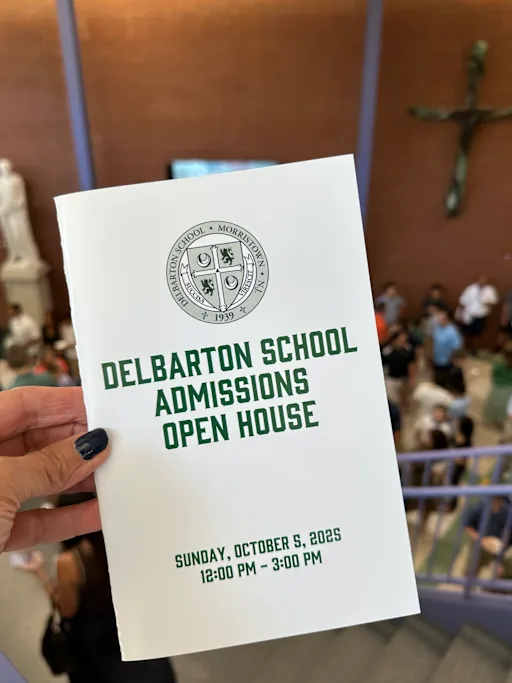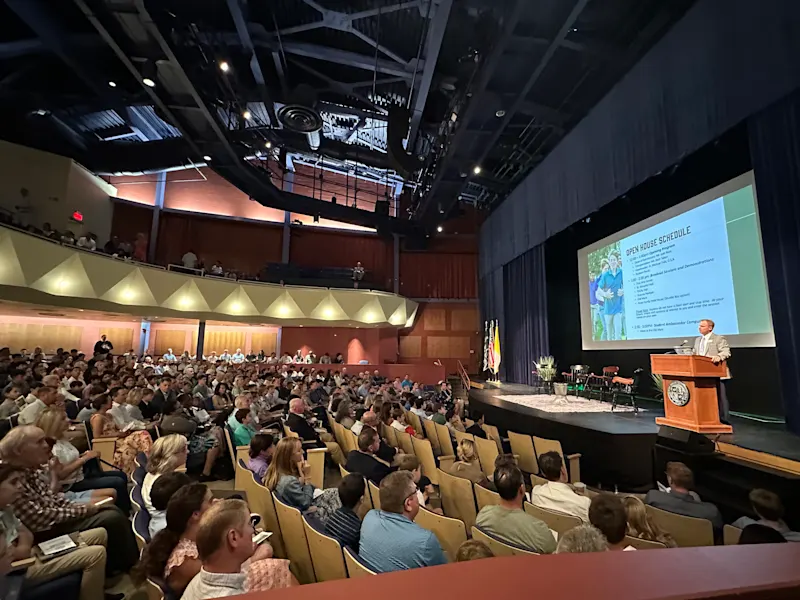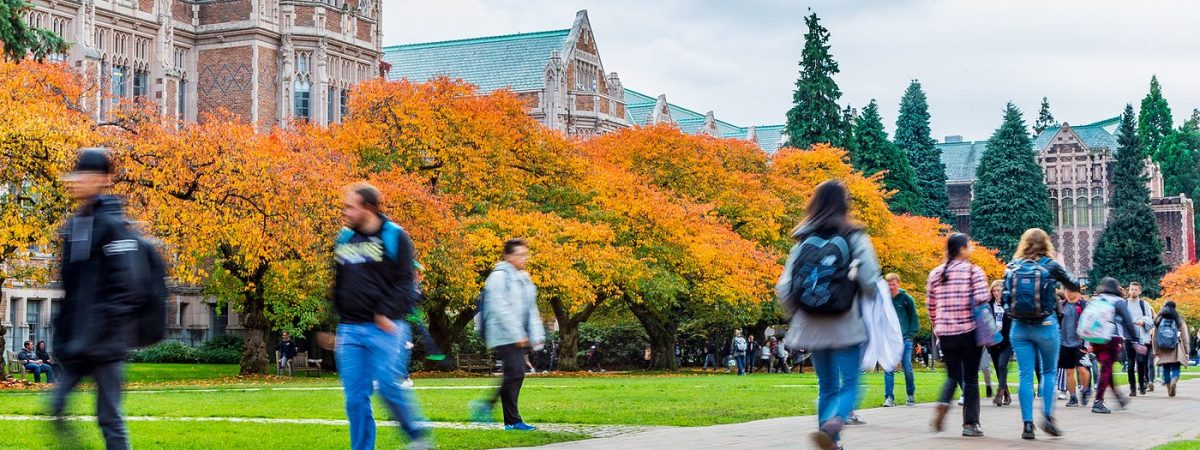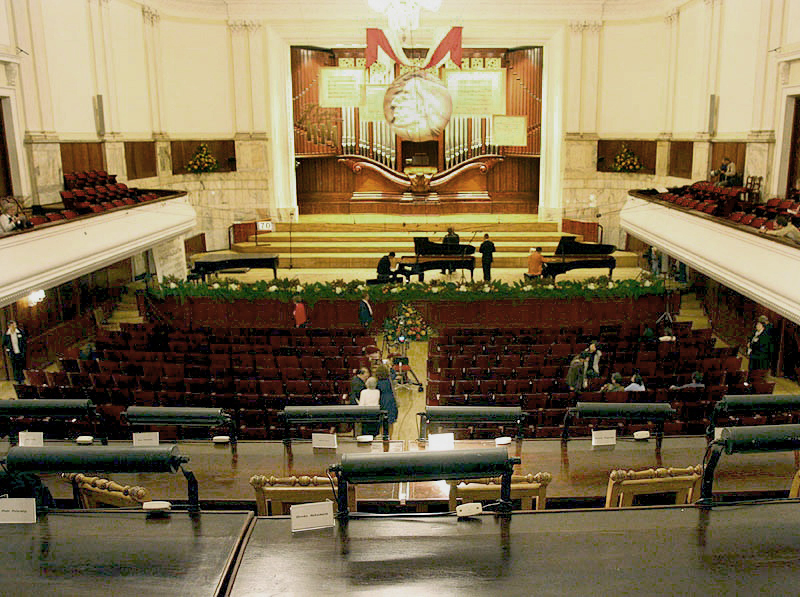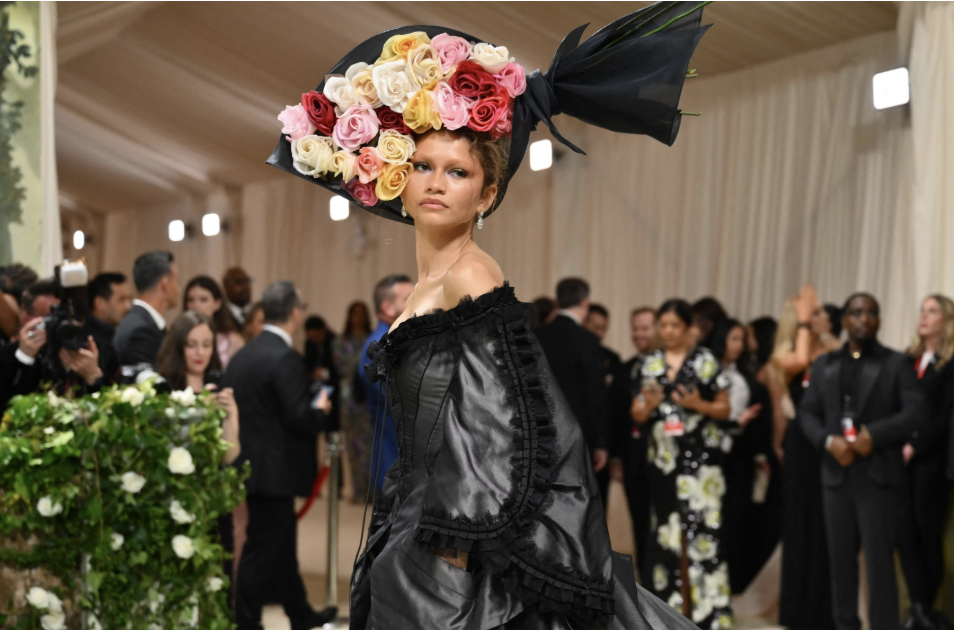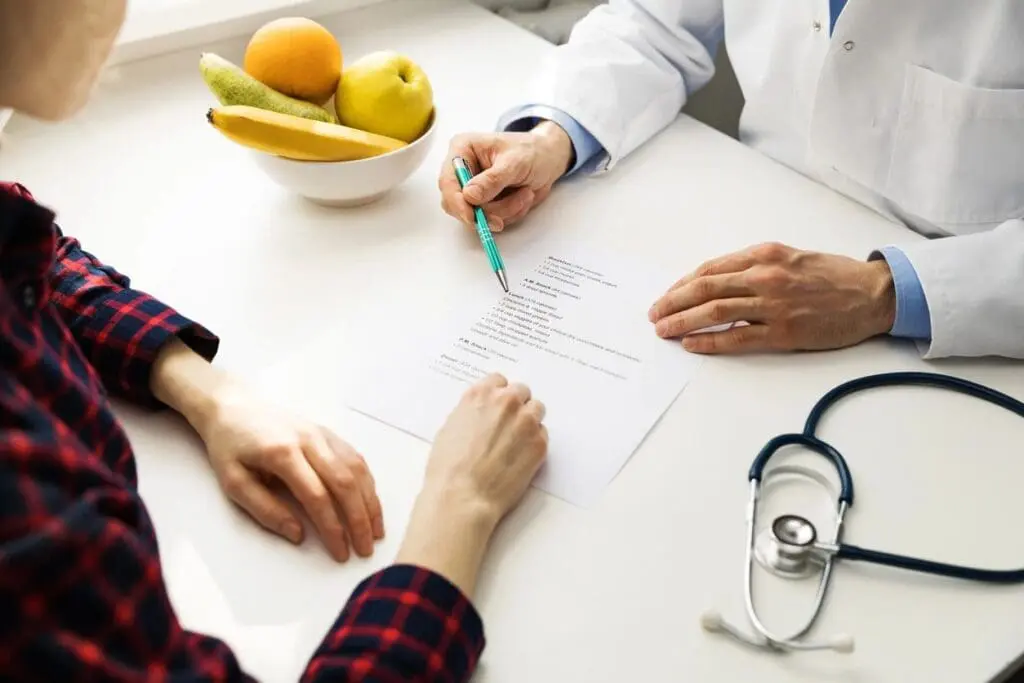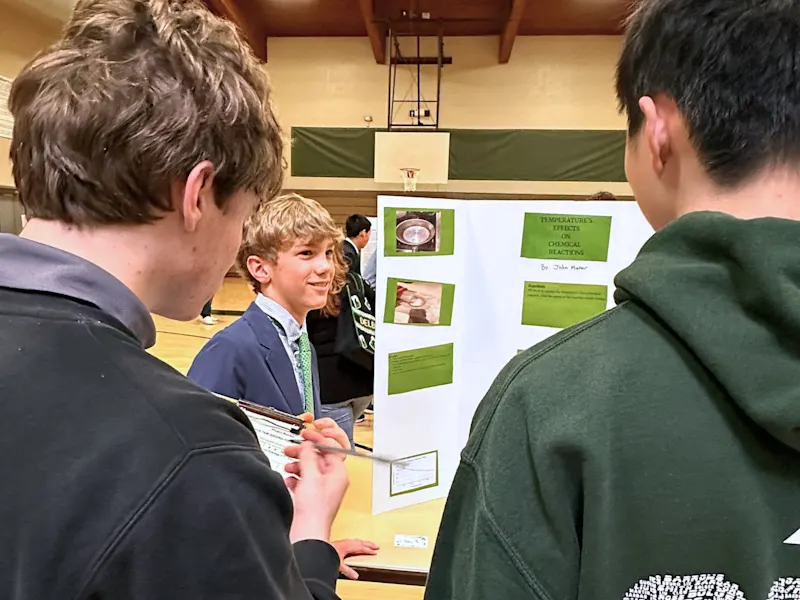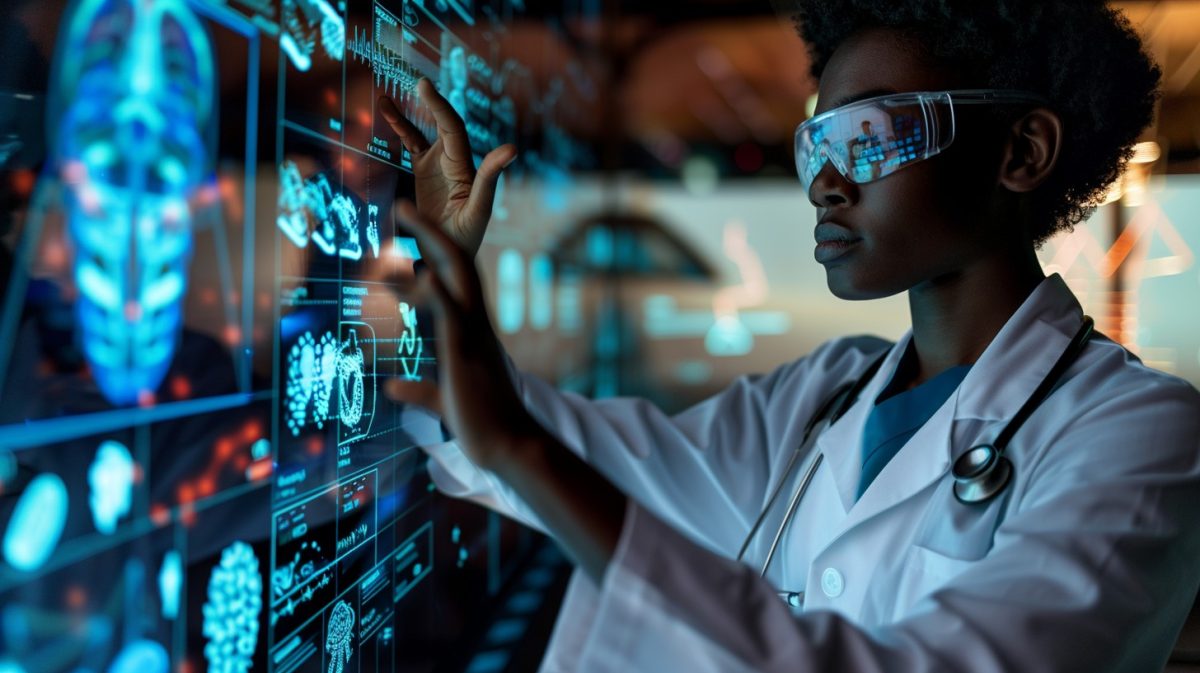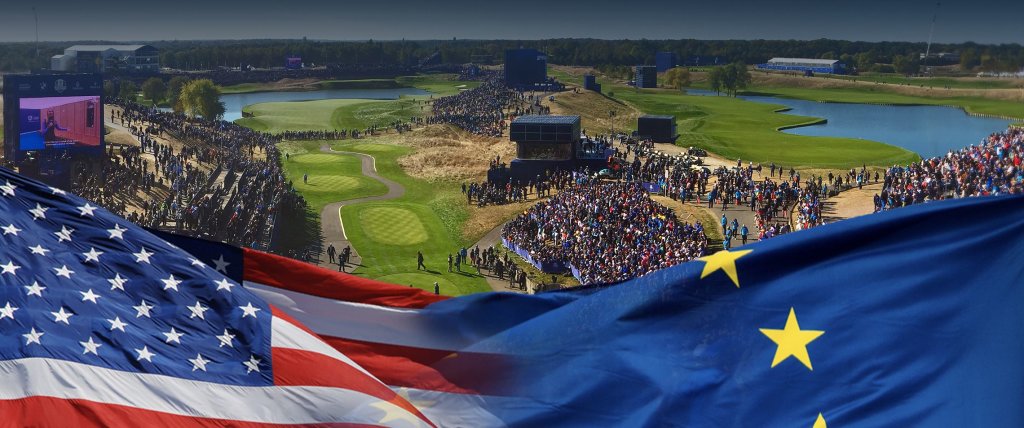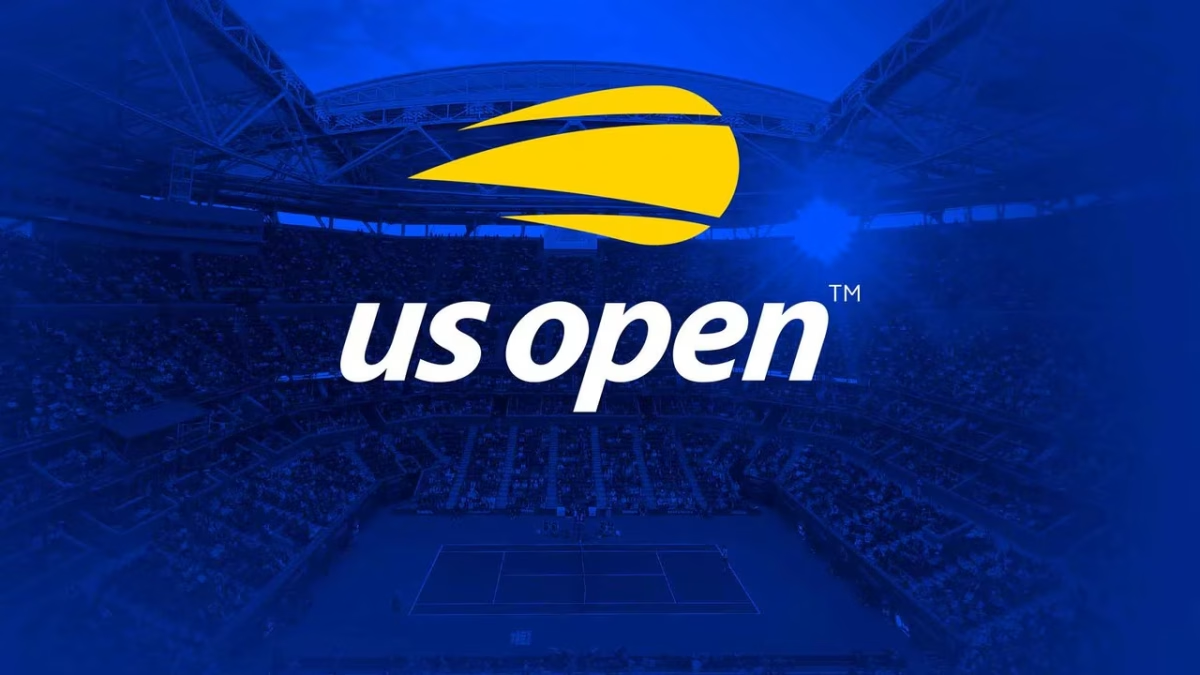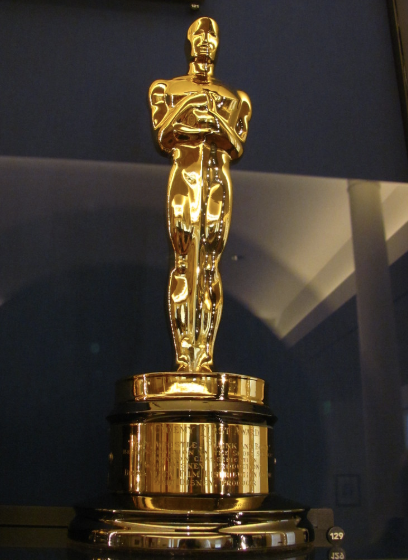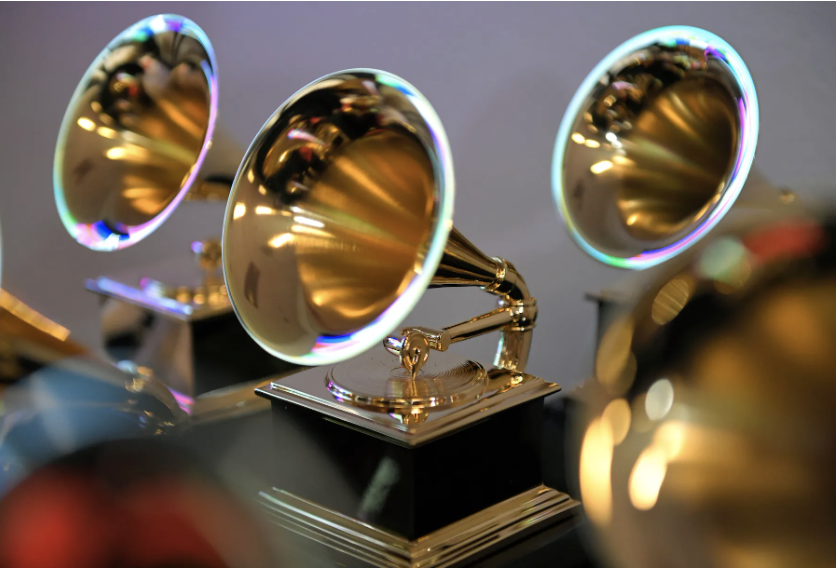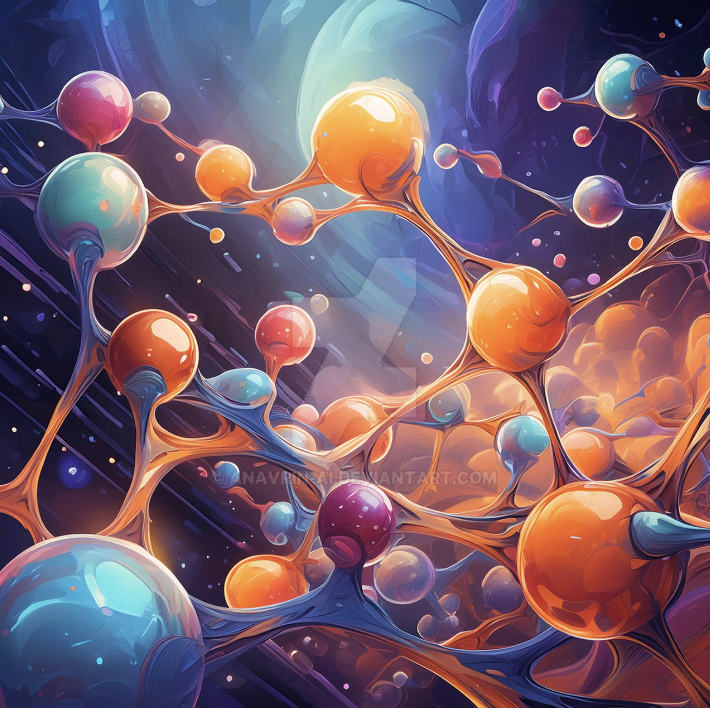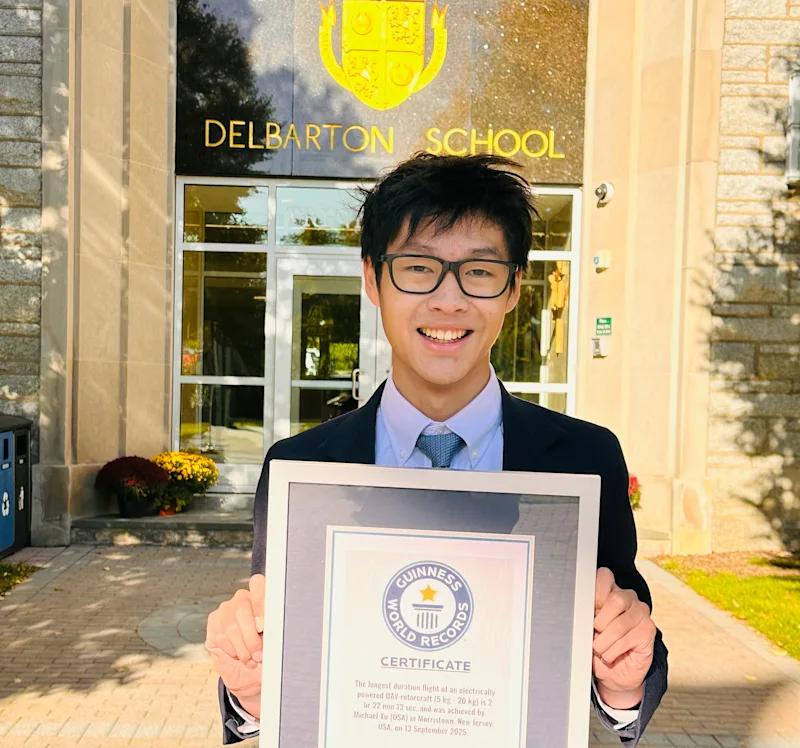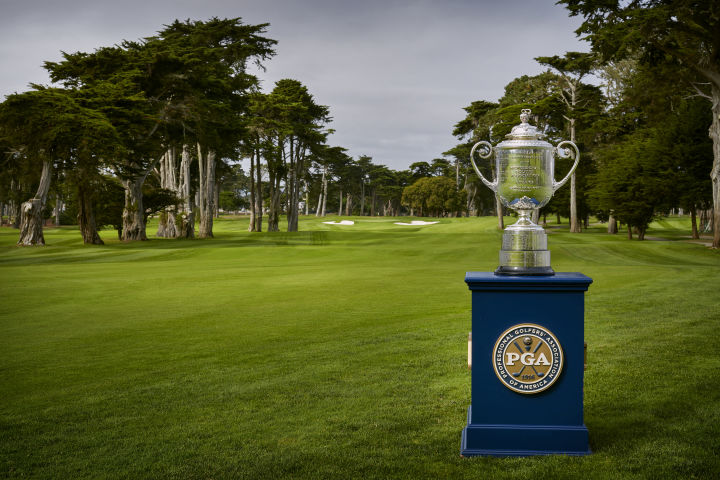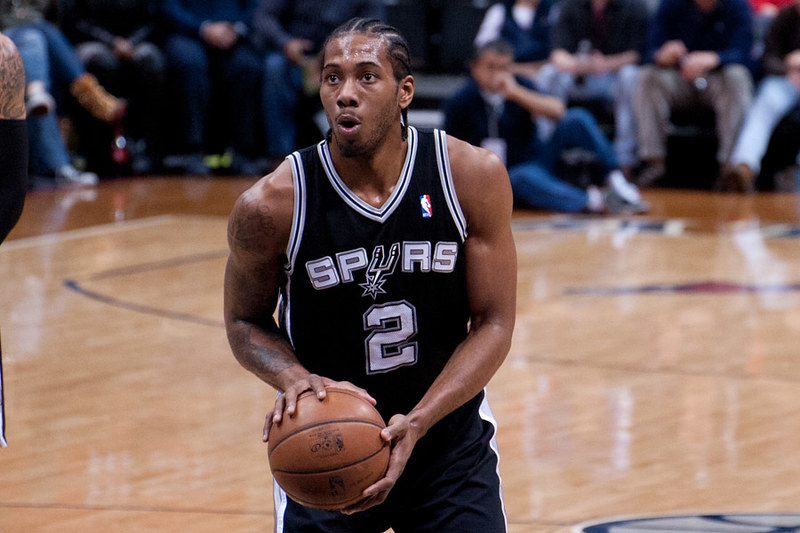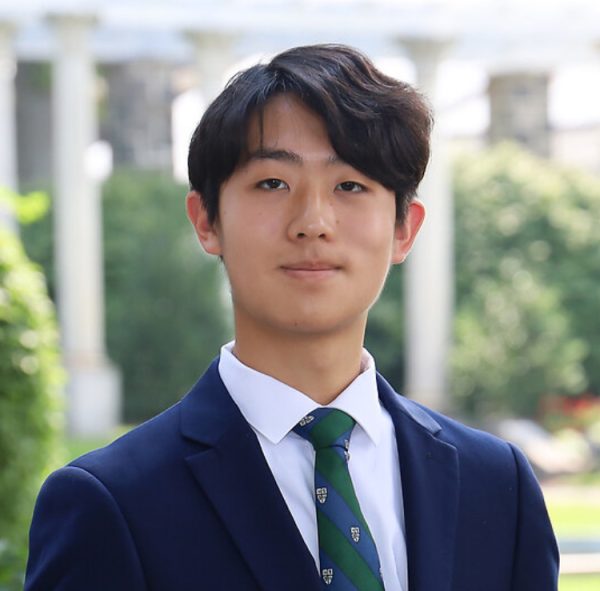Each year, six different Nobel Prizes are presented to various awardees for their contributions to society. Made in memory of Alfred Nobel, a Swedish inventor, the Nobel Prize provides recipients with global fame and monetary recognition for their work. While the actual ceremony takes place in December, the winners were announced in early October. Today, we’ll examine the winners for the three science-based awards in Physics, Chemistry, and Physiology/Medicine.
This year, the Nobel Prize in Physics was awarded to Dr. John Hopfield and Dr. Geoffrey Hinton for their work in creating artificial neural networks. Dr. Hopfield developed the Hopfield network, using concepts from physics like atoms’ spin and attraction or repulsion to depict connections between neurons. Using these node-like representations, this program represents a constantly-changing neural network to better understand brain activity. Dr. Hinton, meanwhile, expanded on this idea; in the Boltzmann machine, based on concepts from statistical physics, data is used to further predict patterns using open and hidden variables. In doing so, the program is able to generate similar results based on the examples provided before.
Meanwhile, Dr. David Baker, Dr. Demis Hassabis, and Dr. John Jumper received the Nobel Prize in Chemistry. Dr. Baker was recognized for his work in protein design. His program, “Rosetta”, creates combinations of the twenty amino acids making up naturally-occurring proteins to create other new molecules with various effects. It has been used to hypothesize about potential methods to combat COVID and environmental toxins, among other things.
Dr. Hassabis and Dr. Jumper, on the other hand, used AI to predict the structures of proteins. Traditionally, protein structure identification takes considerable time and resources with each protein having to be individually assayed. As the co-founders of Google DeepMind, however, they developed “AlphaFold”, a machine learning model that generated 3D structures of proteins with their amino acid sequences and folding shapes. While not all configurations exhibit 100% structural accuracy, they provide a drastic contrast to traditional methods in their quick generation speeds.
The Nobel Prize in Physiology or Medicine was presented to Dr. Victor Ambros and Dr. Gary Ruvkun for their discovery of a new type of RNA. Traditionally, DNA is ultimately converted into protein creation by first transcripting it to messenger RNA (mRNA), which is then translated into the amino acid sequence for the specific protein. By studying C. elegans worms, however, Dr. Ambros and Dr. Ruvkun found that a small piece of RNA was blocking the production of the lin-14 protein. Their work led to the discovery of microRNA, sections of RNA that help control gene expression. Although initially believed to only be present in worms, the discovery of its influence on genes and proteins such as let-7, widely expressed throughout animals, have revealed its ubiquity in living organisms. By enabling better understanding behind the mechanisms of homeostasis and genetic expression, their work allowed further medical breakthroughs in treating diseases such as hereditary cancer.
Stay tuned for part two on the three other Nobel Prizes awarded this year!
